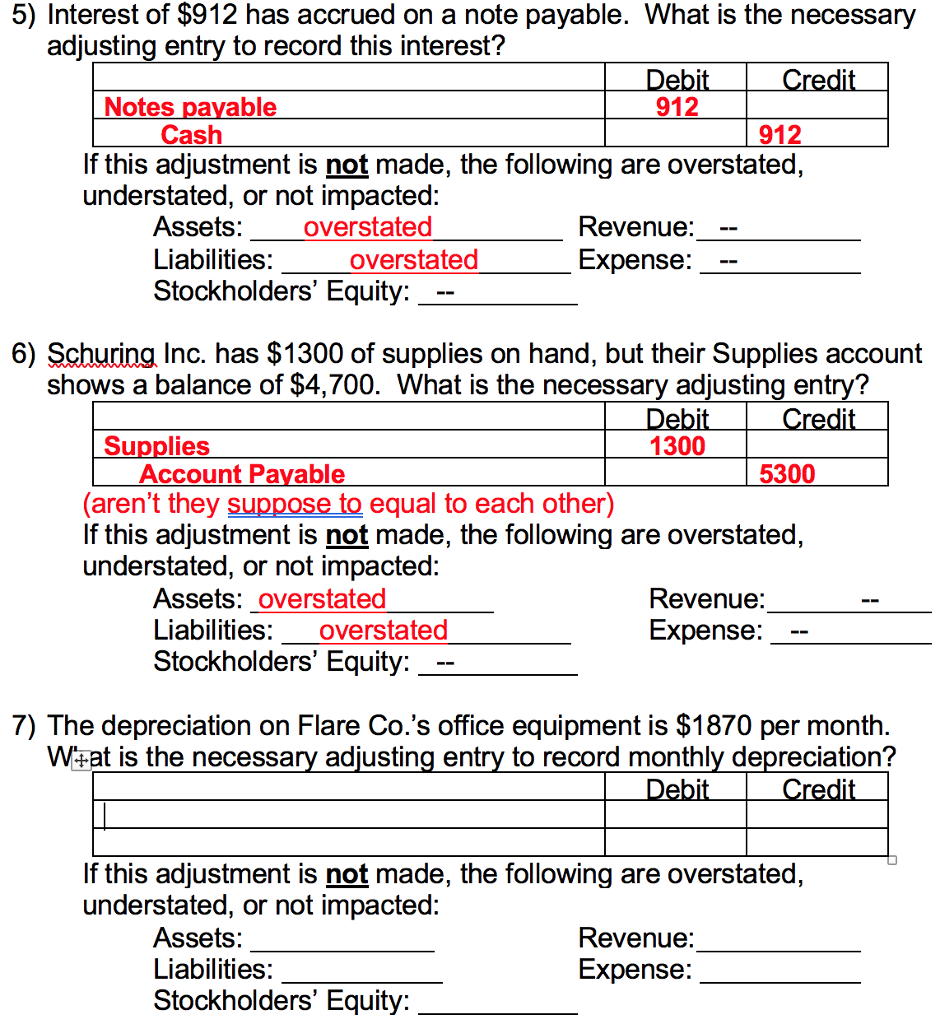
This leadsto a dilemma—whether or not to issue more short-term notes to coverthe deficit. Short-Term Notes Payable decreases (a debit) for the principal amount of the loan ($150,000). Interest Expense increases (a debit) for $4,500 (calculated as $150,000 principal × 12% annual interest rate × [3/12 months]). Cash decreases (a credit) for the principal amount plus interest due. The goal is to fully cover all expenses until revenues are distributed from the state. However, revenues distributed fluctuate due to changes in collection expectations, and schools may not be able to cover their expenditures in the current period.

Issued to Extend Payment Terms
Many of us get confused about why there is a need to record notes payable. Some people argue that notes payable can be adjusted under the head of account payables. If the borrower decides to pay the loan before building a dcf using the unlevered free cash flow formula fcff the due date of the note payable, the computation of interest will not be done for the pre-decided period. Instead, the interest expense will be calculated for an exact period until the loan was paid.
Short-Term Note Payable – Discounted
When N/P is paid in installments, the amortization schedule should show you the amount of interest and principal deducted from your outstanding balance. An amortization schedule shows you the monthly payments, interest charged, principal amortization, and outstanding balance. Lenders will provide this schedule to you once your loan is approved. Taking out a loan directly from the bank can be done relatively easily, but there are fees for this (and interest rates). Issuing notes payable is not as easy, but it does give the organization some flexibility. For example, if the borrower needs more money than originally intended, they can issue multiple notes payable.
Do you already work with a financial advisor?
- Sierra Sports purchased $12,000 of soccer equipment from a supplier on credit.
- Agroup of information technology professionals provides one suchloancalculator with definitions and additional information andtools to provide more information.
- Accounts payable is also a liability account, used to record any purchases on credit from the business’s suppliers.
- The organization borrows money from the owner of the firm, and the borrower agrees to repay the amount borrowed plus interest at a specified date in the future.
Let’s look at what entries are passed in the journal for notes payable. Interest is primarily the fee for allowing the debtor to make payment in the future. There was an older practice of adding interest expense to the face value of the note—however, the convention of fair disclosure under truth-in-lending law. In addition, the amount of interest charged is recorded as part of the initial journal entry as Interest Expense.
3.1 Short-Term Note Payable
If the liability is for more than a year, it becomes a long-term liability. On the other hand, short-term agreements are treated as current liabilities. Kelly shortlists a residential property and decides to go ahead with it.
On the date of receiving the money
Here, the major portion is paid towards the principal and the rest towards applicable interest. Amortized agreements are widely used for property dealings, be it a home or a car. These contracts are obligations for the parties involved and are classified as – single-payment, amortized, negative amortization, and interest-only types. Therefore, exploring them is important to better understand the meaning of notes payable. The company ABC receives the money on the signing date and as agreed in the note, it is required to back both principal and interest at the end of the note maturity.
A discount on a note payable is the difference between the face value and the discounted value at issuance. This interest expense is allocated over time, which allows for an increased gain from notes that are issued to creditors. The cash amount in fact represents the present value of the notes payable and the interest included is referred to as the discount on notes payable. Notes payable is an instrument to extend loans or to avail fresh credit in the company. An interest-bearing note is a promissory note with a stated interest rate on its face.
The $200 difference is debited to the account Discount on Notes Payable. This is a contra-liability account and is offset against the Notes Payable account on the balance sheet. The following entry is required at the time of repayment of the face value of note to the lender on the date of maturity which is February 1, 2019. The interest-only type requires borrowers to pay only the applicable interest every month with an assurance of the repayment of the entire principal amount at the end of the loan tenure. Amortized, on the other hand, is whereby a borrower pays a fixed monthly amount, including both principal and interest portions.
Again, you use notes payable to record details that specify details of a borrowed amount. With accounts payable, you use the account to record liabilities you owe to vendors (e.g., buy supplies from a vendor on credit). School boards approve the note issuances, with repayments of principal and interest typically met within a few months. Be aware that discount amortization occurs not only at the date of repayment, but also at the end of an accounting period.
In this journal entry, interest expenses is a debit entry, and interest payable is a credit entry, as a portion of it is yet to be paid. The cash account is a credit entry as the amount will decrease, given the pending interest payment. Notes Payable are a promise in writing whereby a borrower assures repaying the lenders within a specific period. These promissory notes indicate the loan that one party lends to the other, expecting the timely repayment, which may be the principal alone or the principal along with the interest amount. By contrast, recording liabilities in accounts payable doesn’t always take interest into account, nor does it involve formal promissory notes.